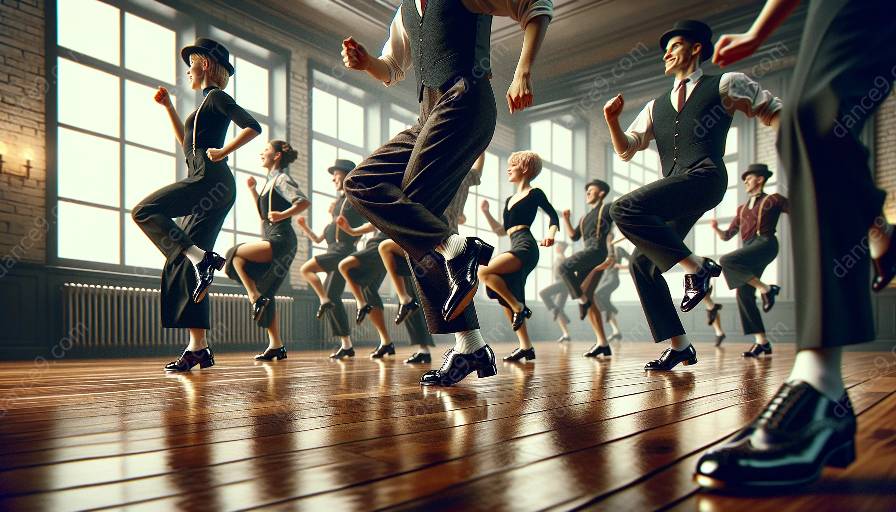Tap dance is a rhythmic, percussive form of dance that involves creating intricate sound patterns with the feet. Teaching tap dance in university settings requires a combination of traditional methods, performance-based learning, and technology integration to provide students with a comprehensive understanding of the art form. Whether studying tap as part of a dance program or a specific tap dance course, university instructors employ a range of teaching methods to help students develop their skills, creativity, and understanding of tap dance.
Traditional Techniques
Traditional tap dance techniques form the foundation of many university tap dance programs. These techniques include fundamental steps such as shuffles, flaps, and time steps, as well as more advanced combinations and improvisation exercises. Instructors often use a hierarchical approach, starting with basic steps and gradually progressing to more complex rhythms and choreography. Emphasizing proper body alignment, weight placement, and musicality, traditional techniques provide students with a strong technical base for their tap dance studies.
Performance-Based Learning
Universities often integrate performance-based learning into their tap dance programs to provide students with practical experience and opportunities to showcase their skills. This may involve participating in tap ensemble performances, solo presentations, or collaborative projects that challenge students to apply their technical training in a performance context. In addition to enhancing students' stage presence and confidence, performance-based learning allows them to explore the expressive and artistic aspects of tap dance.
Technology Integration
Technology plays a significant role in modern tap dance education, and universities leverage digital tools and resources to enhance the learning experience. Video analysis software enables students to review and analyze their own performances, providing valuable feedback for improvement. Online platforms and virtual classrooms facilitate access to instructional materials, demonstrations, and discussions, creating a blended learning environment that extends beyond the traditional classroom.
Collaborative Projects
Collaborative projects and group work are commonly incorporated into university tap dance classes to foster creativity, teamwork, and peer learning. Students may work together to create choreographic pieces, experiment with different musical genres, or explore interdisciplinary collaborations with musicians and multimedia artists. By engaging in collaborative projects, students develop their artistic sensibilities and gain a deeper understanding of the diverse applications of tap dance in the performing arts.
Internship Opportunities
Some university tap dance programs offer internship opportunities that allow students to gain practical experience in professional dance settings. Whether interning with dance companies, theater productions, or educational outreach programs, students have the chance to apply their skills in real-world contexts and learn from experienced professionals. Internships provide valuable insights into the industry and help students develop the adaptability and resilience needed for a career in tap dance.













































































